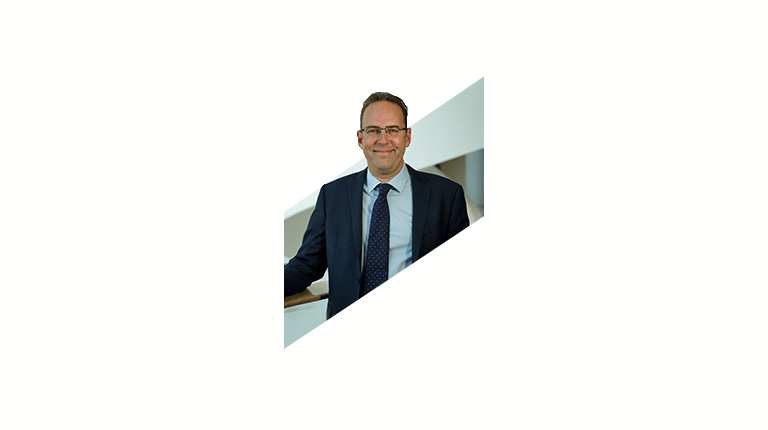Associate Professor Daniel Thomas
South Australian Health and Medical Research Institute (SAHMRI)
2020 CSL Centenary Fellow

His $1.25 million CSL Centenary Fellowship will facilitate his return from Stanford University to the South Australian Health and Medical Research Institute (SAHMRI) and The University of Adelaide.
Daniel began his academic career with a PhD in haematology from the University of Adelaide.
From there he moved to the US and took up a fellowship at Stanford University, California. As a member of the Stanford Alliance for Innovative Medicines (AIM), he succeeded in pinpointing several targets for cancer medications. These included four mutation-specific locations for acute myeloid leukaemia and the prediction of 145,891 synthetic partners for 3,120 recurrent mutations for 12 cancer types.
These discoveries were all the more remarkable because throughout the period he was also a working clinician, seeing patients.
“The CSL Fellowship will facilitate a full-time faculty position at SAHMRI,” he explains.
“I can now concentrate on basic and translational research, and hire a research assistant, without requiring private practice to supplement my family’s income.
He will maintain his focus on acute myeloid leukaemia as a testbed because it is “stable and predictable”. “Anything we can achieve in one patient, probably we can achieve it in the next,” he says.
“One of the great discoveries we made at Stanford was that cancer cells cannot cope with two challenges at the same time. There are limits to their evolution.
“If you can match a specific pathway with a specific mutation in a specific patient, then you can stop its growth and you might also be able to cure.”
“My dream is to be able to look at each patient’s genome, sequence the cancer, and then put them on a series of non-toxic drugs, maybe even change their diet slightly, and have the cancer cured.”
During his tenure at SAHMRI, Associate Professor Thomas will remain a visiting scholar at Stanford, affiliated with the leukaemia-specialist Majeti lab within the university’s Division of Haematology, and at the Stanford Cancer Institute.


